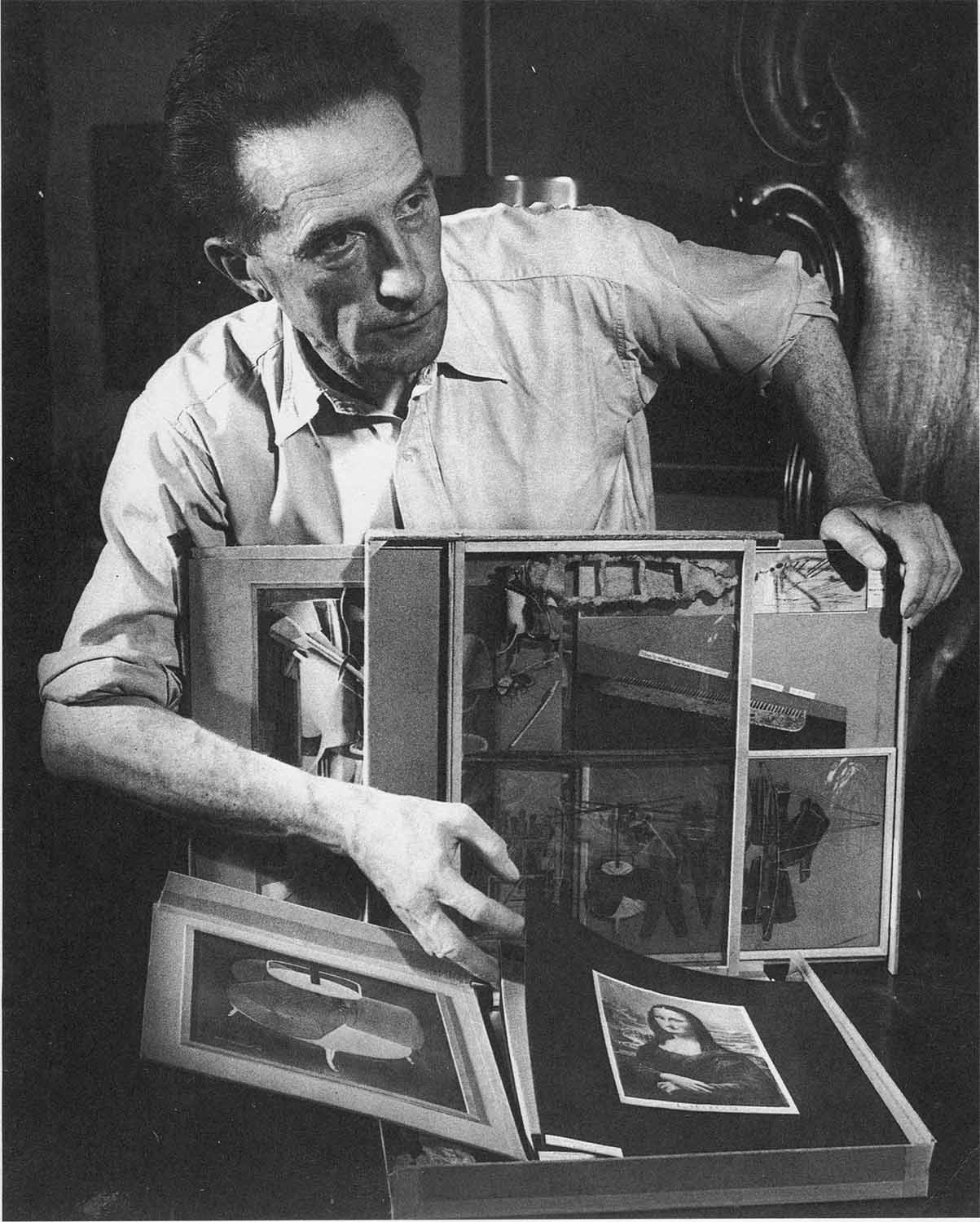
81. Venice Film Festival

80. Venice Film Festival

79. Venice Film Festival

The Biennale Arte Guide
Foreigners Everywhere

The Biennale Architecture Guide
The Laboratory of the Future

The Biennale Arte Guide
Il latte dei sogni

A new exhibition on the concept of ‘copy’, which was so central to the legendary French intellectual. A journey into the mind of a figure who has forever changed the world of art and contemporary thought.
“I didn’t want to be called an artist; you know. I wanted to use my possibility to be an individual, and I suppose I have, no?” thus Marcel Duchamp (1887–1968) in a 1966 interview.
Duchamp’s rift with what was before and what would come can be identified with the concept of ready-made art, his most innovative and iconic contribution to the history of art. It all started back in 1913 with his Bicycle Wheel, reminding him of “the flames dancing in the fireplace” and in 1915, when he wrote to his sister from New York and asked her to take a bottle drainer from his Paris studio and sign it Marcel Duchamp. Provoking? Brilliant?

Pontus Hultén once wrote that Duchamp was afraid of oblivion. After a long stretch of fame in pre-WWI New York and Paris – at the time he was not even thirty – things changed, as did the perception of art. In fact, the reason for Marcel Duchamp’s temporary disappearance had been, according to Hultén, the artist’s aversion to the idea of artwork as a unique piece – an idea far too strong at the time. Duchamp’s aversion to the concept of repeatability of the artwork introduced the idea of copy, which is at the base of the upcoming exhibition at the Venice Guggenheim: Marcel Duchamp and the Lure of the Copy, curated by Paul B. Franklin. Some sixty pieces, including Nude Descending a Staircase and Box in a Suitcase, cover the artist’s production about 1911 to 1968.
Featured image: De ou par Marcel Duchamp ou Rrose Sélavy (Boîte-en-valise) (From or by Marcel Duchamp or Rrose Sélavy [Box in a Valise]), 1935–41 © Association Marcel Duchamp, by SIAE 2023